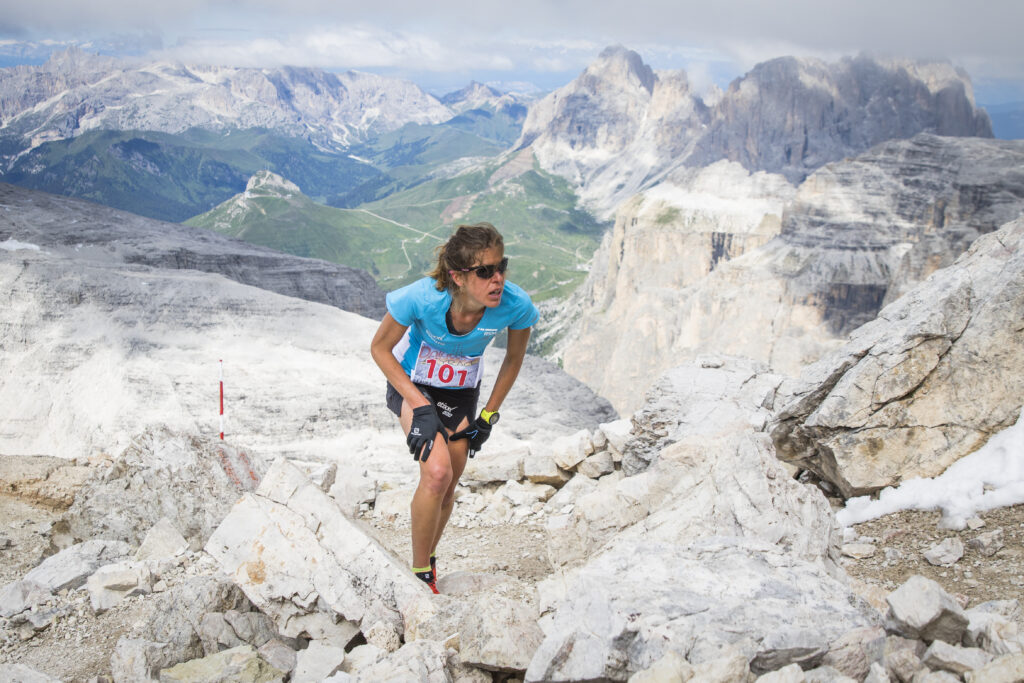With the exception of an all-out sprint, running is primarily an aerobic activity that necessitates a continuous oxygen supply to sustain the exercise. There are tips and tricks to improve your breathing while running, improve oxygen consumption and delivery, and reduce the rate of perceived exertion (RPE). We will discuss different ways to breathe while running in this article. They will require conscious practice at first.
Most importantly, calm and consistent breathing is key when running at all intensities. Marathon runners and 400m sprinters have different total oxygen needs, but what is consistent is their matching of inhalation to exhalation. For a marathon runner, this may be mostly through nose breathing due to running at a slower pace than a sprinter, but in both cases, there is a rhythmic and uninterrupted flow of oxygen.
Let’s explore the realm of practical running breathing techniques to elevate your performance.
UNDERSTANDING THE MECHANICS OF BREATHING WHILE RUNNING
HOW THE BODY USES OXYGEN DURING EXERCISE
During exercise, the body needs to ATP (think of these as molecules of energy) from the fuel we consume in the form of food. ATP (adenosine triphosphate), are used to power many of the biological functions in our bodies, including muscle contractions. The process of creating ATP can be aerobic (requiring oxygen) or anaerobic (not requiring oxygen), with the aerobic process able to be sustained for long durations.
During the creation of ATP, byproducts are produced that need oxygen molecules to oxidize, without which these byproducts may interfere with energy production and muscle function.
WHY DO WE BREATHE FASTER WHEN WE EXERCISE
As we inhale and exhale, we activate the diaphragm to suck the air in and push air out of the lungs. Additionally, we activate the intercostal muscles between our ribs to pull our ribcage up during inhalation and push it down during exhalation.
When developing proper breathing techniques during running, it is important to remember that there are skeletal muscles involved in respiration, which have their own oxygen needs.
Calm, consistent breathing during running becomes particularly important as running intensity increases because, as we start to breathe hard, the diaphragm and intercostal muscles will begin to “rob” oxygenated blood from other working muscles in order to support the higher breathing rate.
However, like all skeletal muscles, the muscles used in respiration can be trained to be more efficient and therefore utilize less blood from muscles used in running.
MOUTH VS. NOSE BREATHING WHILE RUNNING
There has recently been a lot of debate over mouth vs. nose breathing and whether one is considered officially “better” than the other. Ultimately, as long as enough oxygen is inhaled to meet the demands of the exercise, you are free to breathe however you prefer.
There are, however, some differences between nose breathing and mouth breathing while running. Some research suggests nose breathing can lead to a lower rating of perceived exertion, meaning how hard the exercise feels, during endurance exercise. As running intensity escalates, there comes a threshold where the oxygen intake from the nose is inadequate to meet the exercise demands, necessitating the adoption of mouth breathing.
Incorporating nose breathing into your running training while building an aerobic base can prove highly beneficial. In fact during the first years of Uphill Athlete we leaned heavily on nose breathing as a means of determining one’s aerobic threshold. This can be done without a heart rate monitor though it can be challenging to regulate training intensity and avoid unintentionally running faster than intended. We later pivoted to a more nuanced approach of determining aerobic threshold.
Nose breathing is similar to the “conversational pace” rule used to predict if you are working in zone 1 or 2 ranges, which is essential to aerobic development and running performance. If you feel a strong need to breathe through your mouth throughout the entire run, you are likely operating above zone 1 or 2.
While occasional mouth breathing is normal during a run, it’s ideal to aim for mainly nasal breathing during zone 1 or 2 runs. However, it’s important to note that while some individuals can maintain a strong pace while nose breathing, others may always require a combination of nasal and mouth breathing. This is especially true for individuals with asthma, allergies, and other respiratory conditions.
COMMON BREATHING MISTAKES WHILE RUNNING
HOLDING YOUR BREATH
When holding your breath while running, it deprives your muscles of oxygenated blood, leading to an accumulation of metabolic byproducts like lactate. This can hamper performance and hinder your endurance levels. While weightlifting involves using the breath to generate tension and bracing forces in the body, it’s a different story for the upper body muscles during running. When running, the upper body muscles should primarily remain relaxed, allowing for effortless movement.
If you notice that you’re consistently holding your breath and tensing your upper body muscles while running, take a brief pause to unwind with a couple of deep breaths before carrying on.
SHALLOW BREATHING

COMMON BREATHING MISTAKES WHILE RUNNING
VARIOUS BREATHING TECHNIQUES WHIE RUNNING
THE "BELLY BREATHING" TECHNIQUE
When you breathe in, let your belly fill with air first, then expand your diaphragm and chest. By starting with the belly, you allow for more air intake, as the ribs can limit inhalation during diaphragmatic breathing. Emphasizing this order enhances your breathing experience. This is also the same method high altitude climbers and coaches such as Steve House successfully used at extreme altitudes above 26,000′.
THE "RHYTHMIC BREATHING" TECHNIQUE
OTHER PATTERNS AND TECHNIQUES
Just like the rhythmic breathing technique, here are three footstrike-breathing patterns that can aid runners at different paces. The 4-2 technique proves beneficial at lower speeds, while higher running intensity and oxygen demands require shorter inhalations, all while maintaining a calm and rhythmic approach.
The “4-2” technique: Inhale over 4 steps, then exhale over 2
The “3-2” technique: Inhale over 3 steps, then exhale over 2
The “2-2” technique: Inhale over 2 steps, then exhale over 2

INCORPORATING BREATHING TECHINQUES WHILE RUNNING
Proper progression is crucial in all training aspects, and this applies to breathing techniques in your running routine as well. Begin by focusing on one technique and deliberately practice it during a designated segment of your run. Start with brief intervals of 5 minutes and gradually extend the duration over the course of several weeks.
The ideal moments to hone these techniques are at the beginning and end of your run, during the warm-up and cooldown phase. At these moments, oxygen demand and overall exertion are minimized, presenting an opportune time to refine and determine the optimal technique that suits you best.
When engaging in interval training or other high-intensity running, prioritize techniques like the 2-2 method. At higher intensities, ensuring sufficient oxygen intake takes precedence over precise inhalation. If you find yourself more breathless than usual after an interval using a specific technique, revert back to your natural instinctive breathing pattern.
As you advance in your running training and your aerobic capacity improves, integrating rhythmic breathing techniques into your workouts becomes more seamless, regardless of intensity. Improved cardiovascular efficiency resulting from training makes it easier to return to baseline heart rate and ventilation, reducing breathlessness after interval training and tempo runs.
CONCLUSION
There are many factors to consider when trying to improve running performance, and while working on your breathing techniques will not correlate to an improved lactate threshold or VO2 max, it will keep your running relaxed, calm, and consistent – which in turn will allow you to run with less perceived effort.
Consistency in your training and progression is more important than any single run or workout, and these techniques have a proven track record of improving mental factors such as pre-run, or mid-run, anxiety. Keeping your training relaxed and non-stressful will help you continue to improve and contribute to your holistic well-being that will keep you healthy and on your feet.

